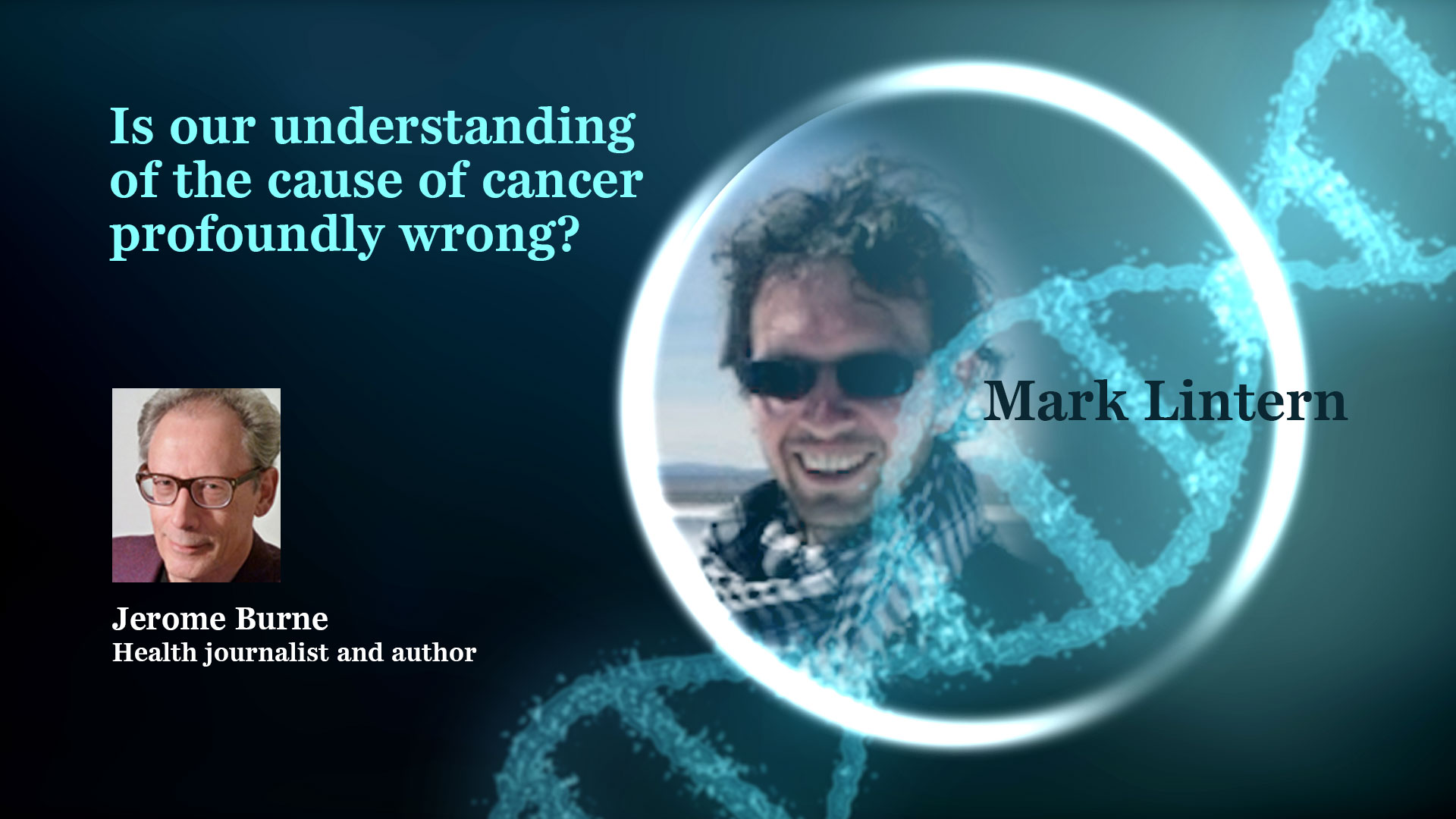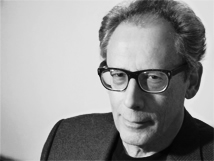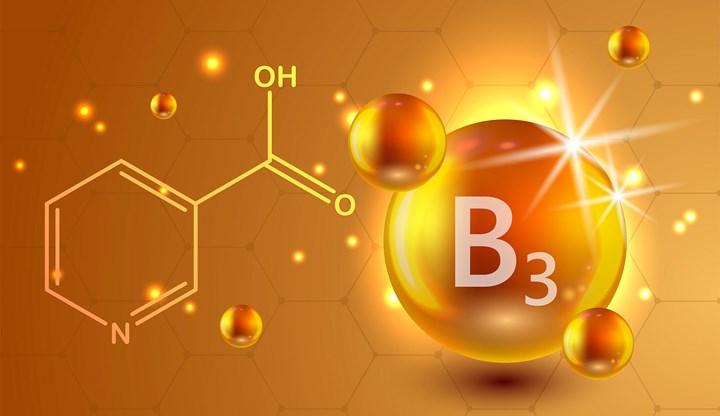Content Sections
By Jerome Burne, health journalist and author
Below you'll find an excerpt of Jerome's latest article, which translates Mark Lintern's recent presentation about his new theory on the development of cancer, into language we can all understand. The online event was co-hosted by integrative oncology charity, Yes to Life, the Love from Margot Foundation and ANH International.
Mark's presentation and new theory was very well received by the attending experts and health professionals. Judging by the polls used during the course of discussions, not only was Mark's work taken seriously, but it had initiated a shift in thinking and opinions around cancer and its development. Over to Jerome...
"Is our understanding of the cause of cancer profoundly wrong? Could this account for the painfully slow improvement in treatment? These are just some of the big questions raised by a remarkable new theory of cancer which challenges almost everything you thought you knew about it. The implications for treatment could be huge".
Part 1
According to a graphic designer with no medical or even scientific training, the conventional theory about what causes cancer is badly flawed and as a result, the way we treat it is far less effective than it could be.
His name is Mark Lintern but he is no lone oddball. When recently he was invited to present his theory and explain what, he claimed, was the real cause, the audience of over 200 cancer professionals and a panel of scientists, clinicians and patient experts, agreed it was well-worth investigating further. A book of around 600 pages plus over 800 scientific references is due to be published shortly,
Conventionally the cause is said to be damaging but random changes in a few genes that set a cell off on a path of uncontrolled growth. This was the explanation given to Mark when he developed skin cancer eight years ago. ‘The more I researched however, the more unconvincing it became,’ he says.
Installing Biological Apps
I couldn’t understand how changes to DNA, that were supposedly random and so were just the result of bad luck, as one consultant put it, produced the remarkably sophisticated and varied modifications to a cell that are caused by cancer. The way the disease develops is as though a series of biological apps have been installed - damp down the immune system, stop damaged cells from destroying themselves, hook up to a nearby artery for nutrients and so on.
‘Maybe there was a one-in-a-million chance that my random gene changes could produce such a combination of cell modifications. But even more unbelievable was that the changes taking place in my cancer cell were exactly the same as those taking place in the cells of all other skin cancer patients, who inevitably would have different mutations to mine and to each other.
‘It didn’t make sense that randomness could cause such consistent modification. So, I started researching. I soon found that this was not the only serious flaw in the DNA theory of cancer, which had been driven by the sequencing of the human genome in 2000. At the time the expectation had been that each mutated gene connected with cancer would be involved with one of the changes being made to the cell – damping down the immune system, preventing cell death (apoptosis) etc.
‘But that wasn’t the picture that emerged. There was no correlation between the changes in the genes and changes in the cell. Some cancers had lots of changes while some had none.
Problems for cancer theory increase
‘Gradually the problems for the DNA gene mutation theory multiplied. For instance, animal research showed that transplanting the nucleus of a tumour cell – where the DNA is held – into a healthy cell, doesn’t produce the cancerous changes. However, transplanting the surrounding area, the cytoplasm of a cell, does.
‘And yet despite the buildup of evidence, the cancer establishment has for decades refused to acknowledge there is a problem. Dogma continues to trump evidence.’
So, if there are serious flaws in the official theory about the cause of cancer, it seems very probable that treatment is being aimed at the wrong targets. This might explain why the results are so much poorer than in other medical specialities.
Between 1955 and 2004, for example, the death rate from heart disease dropped by 64%, from influenza/ pneumonia by 58% but for cancer by just 5%. After treatment the life extension was an average of 4.1 weeks.
Solution to problems was to ignore them
So how did Mark Lintern, a designer with little to no scientific knowledge spot something that cancer experts, who have studied this complex and difficult disease for decades, missed?....
>>> Read Jerome's full article
>>> Read Rob Verkerk's assessment of the Cancer through another lens event and Mark's presentation
>>> If you’re not already signed up for the ANH International weekly newsletter, sign up for free now using the SUBSCRIBE button at the top of our website – or better still – become a Pathfinder member and join the ANH-Intl tribe to enjoy benefits unique to our members.
>>> Return to ANH International homepage









Comments
your voice counts
20 April 2023 at 5:55 pm
Cancer is caused by epigenetics of actin networks root cause of 'Life as Information' mis-information. Buried in the science literature in 2015 https://www.oncotarget.com/article/4221/text/ doesn't suit the establishment
18 May 2023 at 11:03 am
There is a great similarity between the way a plant cell when 'infected' by a particular insect or fungus will effectively mutate and produce a growth or gall.
The plant will grow a gall to house and support a mite, wasp larva or fungus spore in place of a bud or a fruit, just as a cell mutates into a 'cancer' cell. The gall does not sit on the plant, it is actually produced by the plant.
https://treesforlife.org.uk/into-the-forest/habitats-and-ecology/ecology/plant-galls/
Your voice counts
We welcome your comments and are very interested in your point of view, but we ask that you keep them relevant to the article, that they be civil and without commercial links. All comments are moderated prior to being published. We reserve the right to edit or not publish comments that we consider abusive or offensive.
There is extra content here from a third party provider. You will be unable to see this content unless you agree to allow Content Cookies. Cookie Preferences